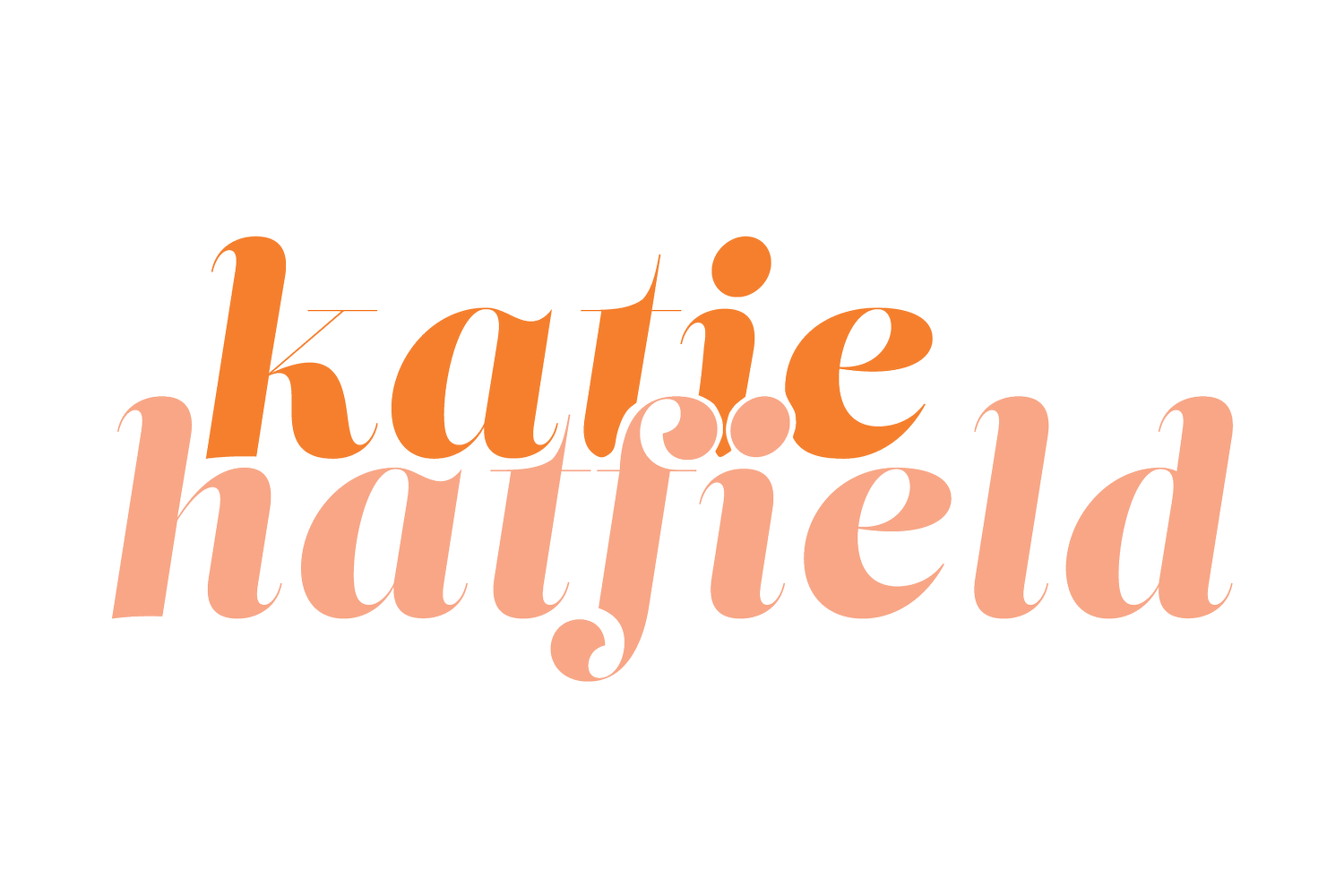DYE JOURNAL - CARROT TOPS (the veggie, not the person...)
Carrot tops!
A few weekends ago, I had the great pleasure of taking a live virtual dye class with Liz Spencer (The Dogwood Dyer) and it was marvelous! Though I’ve been a self-taught dyer for the past 8 or so years, there’s something really special about continuing education in the presence of others. Liz has so much knowledge and I’ve always wanted to take a dye class with her. Thank the heavens for Zoom!
Liz’s Extracting Color From Natural Materials & Dyeing Fiber class was chock full of natural dye information and inspiration. It gave me the kick in the pants that I’ve needed to develop a more organized experimentation practice with my natural dyes. If you ever get the chance to take a class by her, do it!!
That being said, these posts will start to look a bit different as I move through the list of dyes I want to try out this year. The posts will be more concise and include short notes that I haven’t been publicly documenting up until now. Here we go!
My first dye to kick off this new setup is carrot tops! I saved the greens from some carrots I picked up at the farmer’s market this past weekend and popped them into the dye pot! Here’s how they turned out!
L to R, top to bottom: 1st extraction (unmodified), 2nd extraction (unmodified), alkaline modifier, acidic modifier, iron modifier. Who else is drooling over that green?? So gorgeous!
Details:
- Dye method: cooked immersion dye method
- Water used: rain water (pH of 7)
- Mordant: alum sulfate
- Dyestuff to Material Ratio (by weight): 1:1
- Materials dyed: 5 small material bundles are in each dye pot. Materials include wool and cotton yarn, cotton silk, cotton lawn, kona-like cotton, organic cotton sateen and Belgian linen.
- Extraction Time: the dye is extracted for at least an hour on active heat (low/medium). Material bundles are added to the pot and dyed for at least 2 hours (still on active heat and sachet bag of dye stuffs included). Materials are left to steep and cool overnight in the bath.
- Modifiers: after my initial dye bath, I modify 3 of the material bundles— one acidic modifier (lemon juice), one alkaline modifier (soda ash) and one iron sulfate modifier. These baths sit on active heat (low/medium) for about an hour.
(one material bundle will remain unmodified and the last remaining bundle will be put into the initial dye bath for a second extraction to test for levels of exhaustion.)
What fun! Who knew such amazing color could come from a part of the carrot that most folks trash?!
This is by no means an exhaustive method of natural dyeing. There are so many different variables to try out and test which can be very overwhelming at times! I work best under solid boundaries and these are the ones that I’ve set for myself this year. Up next— more scraps from the kitchen! Stay tuned to see what’s cooking!
Until then, sweet friends!
— KB


